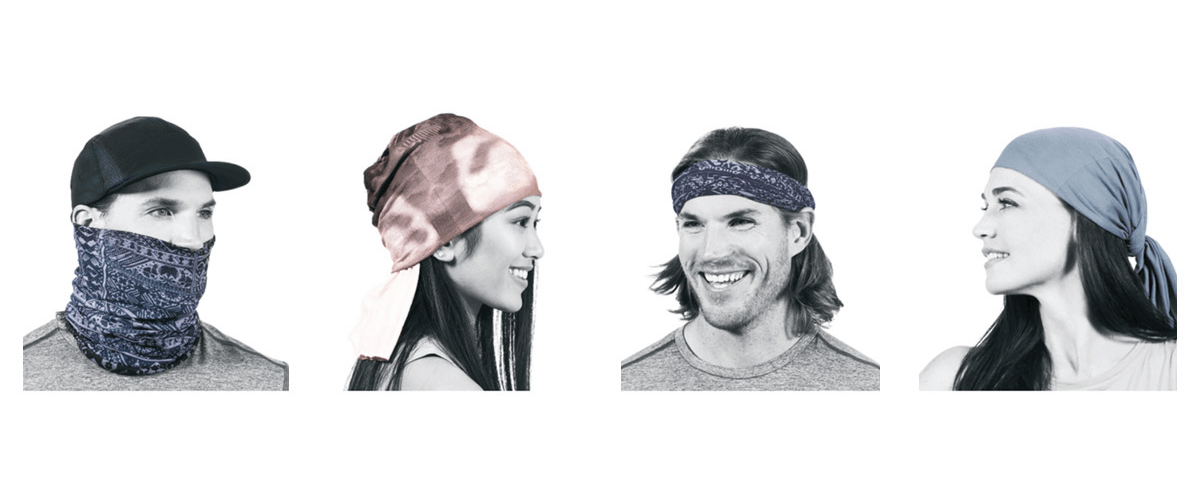With mask mandations taking place across America, people have been looking for better ways to keep their face covered in public than wearing a shirt weirdly. Many folks have opted for wearing neck gaiters over their face. But according to a new study, this might actually be worse than going maskless.
A seven person team at Duke University performed a test with 14 different masks, ranging from N95 respirators to bandanas. The test tracked the amount of respiratory droplets expended by a person while using said masks. The droplets are the carrier of the COVID-19 virus from infected individuals, making this important information.
Some results were obvious. The N95 mask blocked 99.9% of droplets. Cotton masks were effective, blocking about 90%. But they came across something interesting. Neck gaiters actually showed a 10% increase in droplets compared to someone not wearing a mask.
How is that possible? It’s because the polyester-spandex composition of the fabric used on the gaiters actually “cuts up” the large water droplets, converting them into smaller droplets in the air.
“Considering that smaller particles are airborne longer than large droplets (larger droplets sink faster), the use of such a mask might be counterproductive.”
The researcher noted that this was a simplified test and that only one type of neck gaiter was used in testing. So the actual take away from this is not that neck gaiters themselves are bad, but that they use a fabric that makes for a bad mask. This matches with similar results by Cambridge and Northwestern Universities, which found that Nylon-spandex fabrics did the worst job at stopping particles.
If you’re using a non-cotton mask, check the fabric it’s made of. The CDC recommends tightly woven cotton. Based on all of this research, it sounds like stretchy materials like spandex should be avoided.
Stay healthy, preppers.

